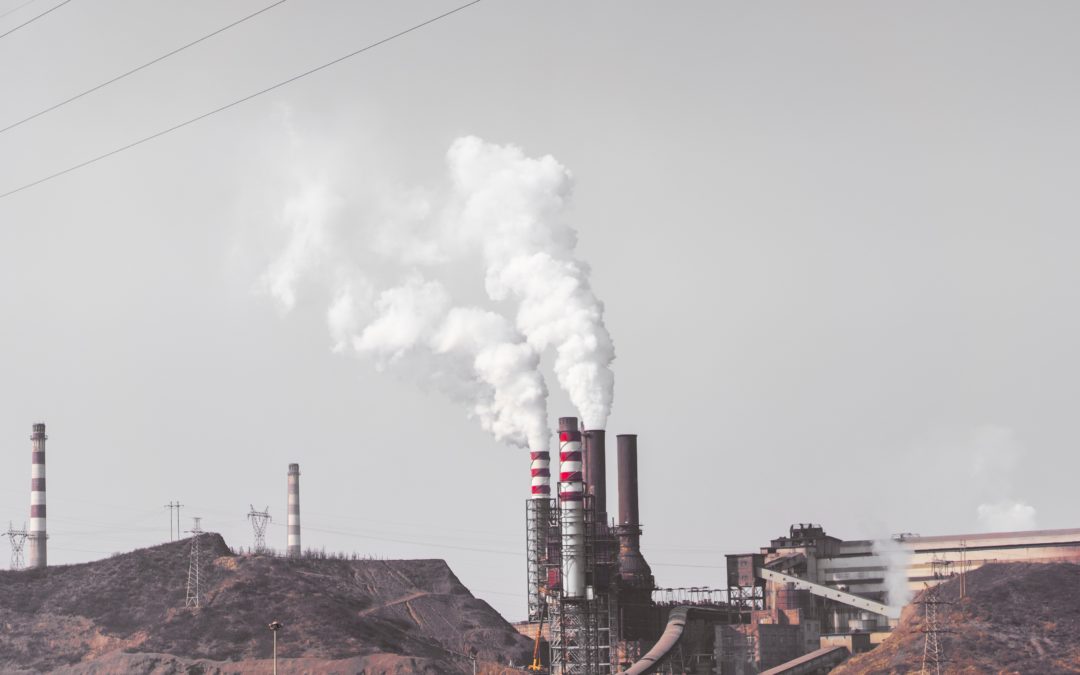The Clean Air Act (CAA) is the law that defines EPA’s responsibilities for protecting and improving the nation’s air quality and the stratospheric ozone layer. The CAA establishes several permitting programs implemented by EPA, local agencies, and certain tribes.
If your facility has processes that emits air pollution that consists of nitrogen oxides, sulfur dioxide, particulate matter, carbon dioxide, volatile organic material, hazardous air pollutants (HAP), greenhouse gases, or lead, the processes should be evaluated by a qualified professional to determine if an air permit is needed. Not all companies who emit air pollutants require a Title V Air Permit. Depending on the emissions levels and process restraints a facility may qualify for a Synthetic Minor Operating or General Facility permits.
If your organization meets any the following criteria, you should have an air permit:
- You emit hazardous air pollutants above the Major Source threshold (10 tpy of individual HAP, 25 tpy of combination of HAPs, or 100 tpy of any of the following: nitrogen oxides, sulfur dioxide, particulate matter, carbon dioxide, volatile organic material).
- If your Potential to Emit (PTE) is larger than the above limits but you can demonstrate the process restraints, then a synthetic minor permit is applicable.
- Any of your emissions are governed by New Source Permit, NESHAPS, MACT or Chemical Accident Prevention Regulations.
- Any of your sources are subject to acid rain regulations, this is a regional concern.
- Your facility utilizes a solid waste incinerator subject to Section 129(e) of the CAA.
- Your facility has a source that emits at least 100,000 tons of carbon dioxide per year related to the greenhouse gas emissions.
Our engineers have 4 decades of experience in air permitting compliance and are available to assist you with any questions or permit considerations. Contact us today for assistance.

